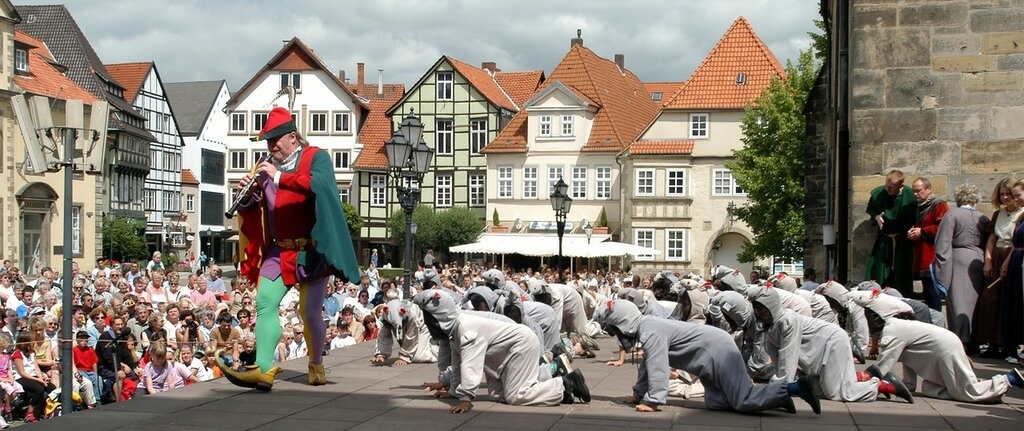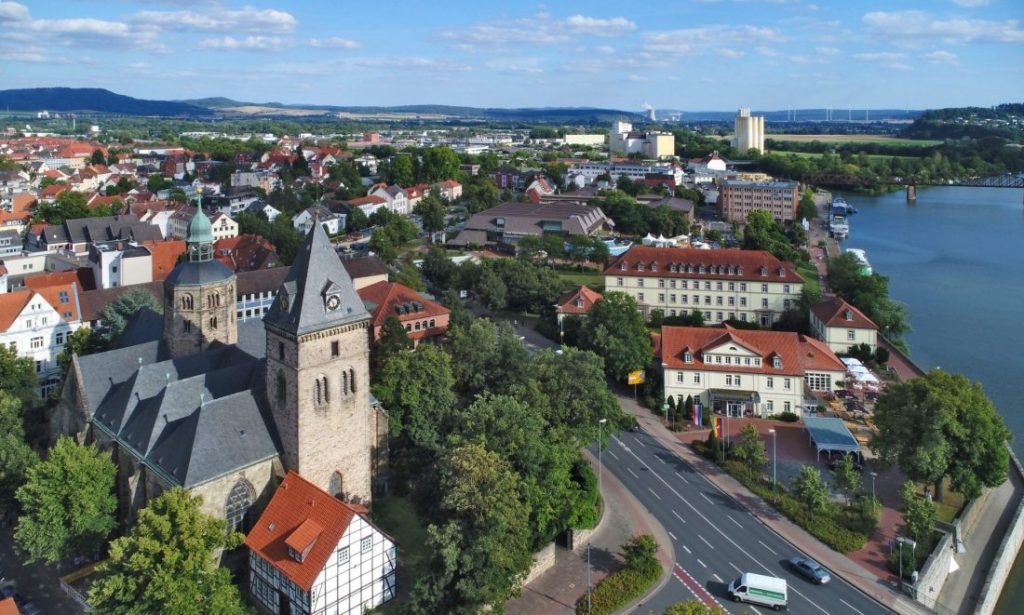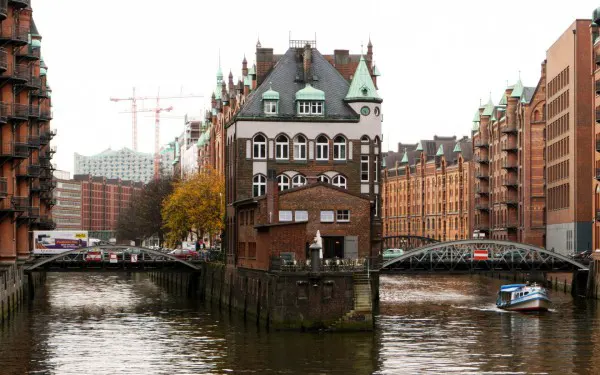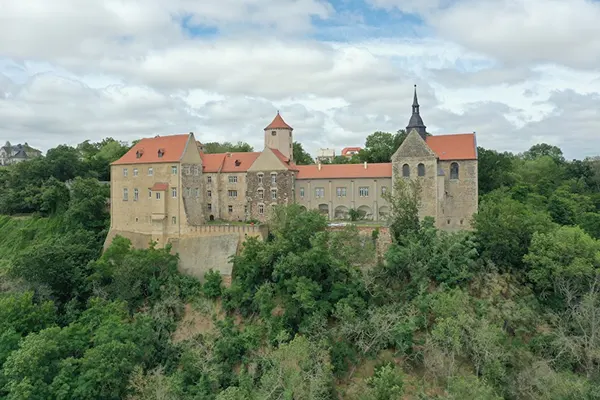
Hameln: In the footsteps of the legendary Pied Piper in the fairytale city
The German town of Hameln is world-famous for the famous legend that is the basis of a children’s fairy tale. However, the city itself also has a lot to show for it. The striking architecture, original design elements, lush nature and much more is not just eye-catching, it also falls in love with it at first sight. Interestingly, Hamelin’s size is not as large, but it has everything one needs.
Historical background
The city of Hameln is located in Lower Saxony. It is about 47 kilometres to Hanover, which is pretty close, especially if by car. It is the geography that has played into the hands of the city. The city is situated on a river, which helped it in the Middle Ages and earlier years. This included transport, infrastructure and dexterity in warfare.
The first settlement settled here in the mid 7th century. At the start there was a Benedictine monastery. It was quite wealthy and had developed excellently. It attracted merchants and craftsmen. Gradually, people started settling on the banks of the Weser. They founded slobodas based on their occupation. Also during that period, inns were established where travellers could have a rest.
Hameln received the status of a town as early as the 11th century. Its main focus was trade on river routes. Initially it was owned by an abbey, but later power over the town passed to the Dukes of Braunschweig. Moreover, Hameln joined the Hanseatic League, which favoured its further development.
Because of its defensive position on the river, the town repeatedly became a prime prey. Its owners changed quite frequently. This only came to an end in the 18th century, when the fortifications came to an end. At that time, Hameln became part of Prussia. In the 20th century, decision-makers decided to focus on tourism, as the town is renowned for its half-timbered buildings and many original features.

Urban legend
Despite its beauty, the legend of the town draws many tourists to the city. It tells the tale of the Pied Piper. The action takes place in the 13th century, when mice and rats invaded the European continent. Naturally, Hamelin was no exception, especially given its commercial orientation.
The rodents spoiled possessions and goods and carried various diseases. In fact, they became a veritable curse on the town. But one day a young man, dressed in a colourful suit and wearing a brightly coloured hunting hat adorned with a feather on his head, came along. He made a proposal to the burgomaster. The man would remove all the rodents from the town and the mayor would pay him well for it. A deal was struck.
When the stranger got down to business, he took out a pipe and began to play on it. At the same time he followed in the direction of the Weser. The rodents appeared as if under hypnosis. They listened to the melody and followed the man. The musician entered the river and the rats and mice followed him. Eventually the rodents drowned in the waters of the Weser. The stranger went to get his payment, but the authorities found many excuses not to give him money.
The man did not like this and left the settlement. But on one holiday, he returned and repeated his trick, not with the rodents, but with the children. In the end only three children returned – the deaf, the blind and the lame. But they could not explain what had happened.



